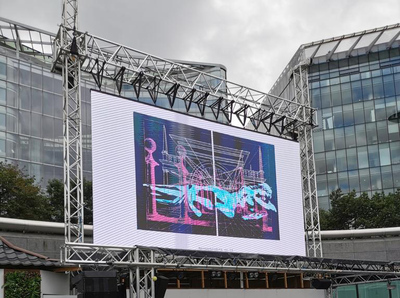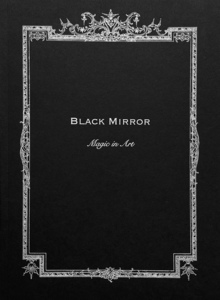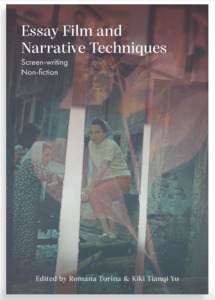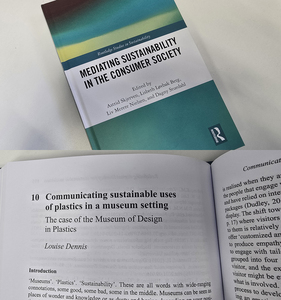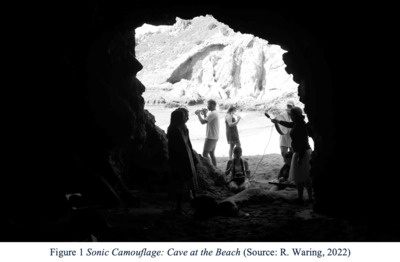Site-specific, collectively made textiles are particularly effective producers of histories that entwine place and people. More than simply a means to an end, the process of making together foregrounds the potential of textiles to transform and be transformed beyond their materiality. The material making process mirrors another kind of making process: that of a certain kind of social integration or a sense of being and belonging somewhere, however temporary and changeable these may be. Once completed, however, these material artifacts can provoke difficult questions concerning the responsibility for their storage and display, succumbing to a fate in semi-permanent storage and eventually relinquishing their material presence to a form of visual or textual representation. Although this is not the fate of all collectively made textile works, given the widespread practice of collective textile-making, it is inevitably the fate of some. Using the example of a collectively made hooked rug project that I coordinated and participated in 15 years ago, I will explore in this article the transformed status of collectively made textile artifacts through memories of making in order to open up new understandings of these types of site-specific collective textile- making projects as a different kind of creative practice: as a narrative performance of experiences of being together.
 |



 Lists
Lists Lists
Lists



